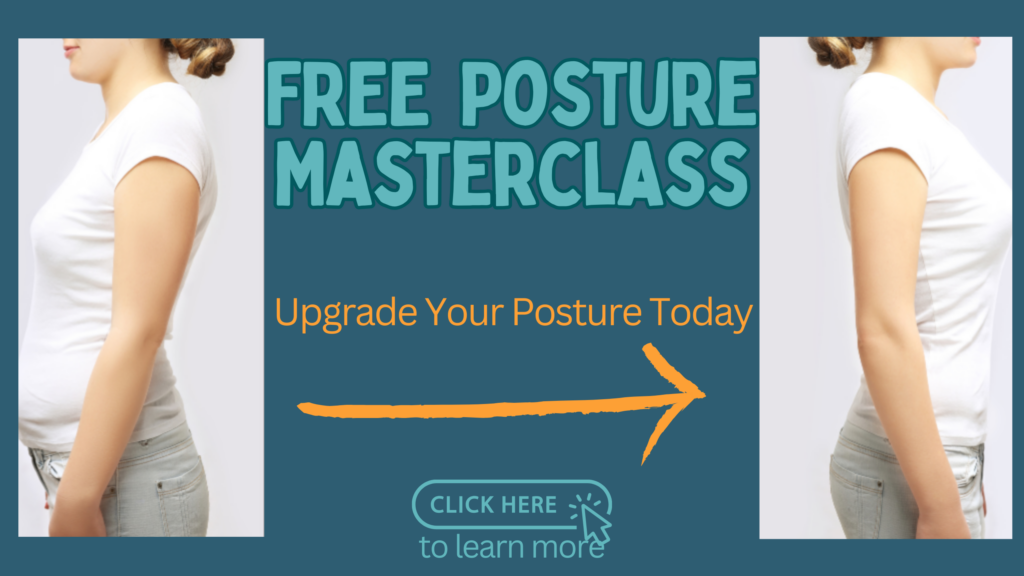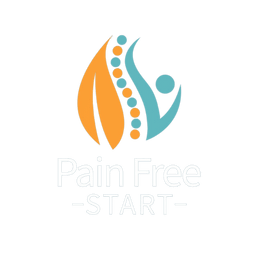Spinal stenosis can be a painful and debilitating condition, often causing discomfort in the lower back, legs, and feet. While managing spinal stenosis typically involves medical treatment and physiotherapy, you may not realise that the shoes you wear can also impact your comfort and mobility.
How Spinal Stenosis Affects Your Feet and Lower Back
Spinal stenosis occurs when the spaces within your spine narrow, putting pressure on the nerves that travel through the spine. This pressure can lead to pain, numbness, and weakness in the lower back, hips, legs, and feet. For individuals with spinal stenosis, maintaining proper alignment and reducing strain on the spine is key to managing symptoms.
Your feet serve as the foundation of your body, and the wrong shoes can throw off your alignment, worsening symptoms. Wearing supportive shoes can help you maintain better posture, reduce pain, and make walking or standing more comfortable.
Key Features to Look for in Shoes for Spinal Stenosis
Comfort and support are first and foremost when selecting shoes to help with spinal stenosis. Here are the essential features to consider:
1. Arch Support
Good arch support is crucial for promoting proper alignment and reducing strain on your spine. Without sufficient support, your feet may overpronate (roll inward), which can cause an imbalance and place extra pressure on your lower back.
2. Cushioning
Shoes with adequate cushioning help absorb the shock from walking or standing on hard surfaces. This reduces the impact on your spine, easing discomfort in the lower back and legs. Look for shoes with cushioned midsoles and insoles for extra comfort.
3. Firm Heel Support
A stable heel is important to prevent your foot from sliding around in your shoe, which can disrupt your balance and lead to further misalignment. Opt for shoes with a firm, supportive heel cup that keeps your foot securely in place.
4. Shock Absorption
For those with spinal stenosis, shock absorption is key to minimising the jarring impact that walking can have on the spine. Shoes with thick soles made from materials like rubber or foam can help cushion your steps and reduce stress on the spine.
5. Lightweight and Flexible Design
Heavy or rigid shoes can make walking more difficult, especially if you’re already dealing with pain or stiffness. Choose shoes that are lightweight and flexible enough to move with your foot naturally, reducing strain on your spine.
Note: This post contains affiliate links. If you choose to make a purchase, I may earn a small commission at no extra cost to you. Thank you for supporting my work!
The Best Types of Shoes for Spinal Stenosis (With Recommendations)
Now that you know what features to look for, here are some of the best types of shoes that can help with spinal stenosis:
1. Walking Shoes
Walking shoes are a fantastic everyday option thanks to their comfort, support, and shock absorption.
Top Picks:
- New Balance 928v3 – Men – Women – Excellent support and motion control, ideal for overpronation.
- Skechers GOwalk Arch Fit – Men – Women – Lightweight and breathable, with podiatrist-certified arch support.
- Brooks Addiction Walker 2 – Men – Women – Durable walking shoe with a cushioned, supportive feel.
2. Athletic Trainers
Great for both active use and general comfort, trainers are often packed with supportive features.
Top Picks:
- Asics Gel-Nimbus 25 Men – Women – Plush cushioning and reliable heel support for spinal alignment.
- Hoka Bondi 8 – Men – Women – Known for its thick sole and incredible shock absorption.
- Nike Air Zoom Structure – Men – Women – Offers stability for overpronators and reduces stress on the spine.
3. Orthopedic Shoes
Designed specifically for people with chronic pain or foot issues, orthopedic shoes offer maximum support.
Top Picks:
- Propet Stability Walker – Men – Women – Medicare-approved, wide-fitting, and designed for long-term comfort and stability.
- Vionic Walker Classic – Mens – Womens – Built-in orthotic footbed supports natural alignment.
- Dr. Comfort William-X – Extra depth and support, ideal for those who use custom orthotics.
4. Slip-on shoes with Support
Slip-on shoes can be easier to manage, especially if bending down is difficult—just make sure they don’t skimp on support.
Top Picks:
- OluKai Moloa Slip-On – Mens Only. Smart and supportive with a contoured footbed. Great for smarter occasions.
- Skechers Hands-Free Slip-Ins: Arch Fit – Men – Women – Combines ease of use with podiatrist-designed support. Trainers without doing laces.
- Vionic Relax Slippers – Men – Women – Cozy yet supportive for indoor wear.
5. Custom Orthotics: Budget-Friendly Relief
If you’re looking for affordable support, the PRO 11 WELLBEING Plantar Series Orthotic Insoles are a great option. Designed to correct overpronation and support your arches, they can help ease pressure on your lower back — ideal for spinal stenosis. In my experience, most people get good relief from off-the-shelf orthotics, they are a much cheaper option, I use Pro11 with patients in clinic, and something that will maintain your medial arch is a great place to start.
Why they’re helpful:
- Arch support improves posture and reduces strain on joints
- Suitable for flat feet, plantar fasciitis, and fallen arches
- Comfortable for daily wear and fits most shoe types
While not as tailored as custom orthotics, they offer solid support at a great price.

What to Avoid
While some shoes can help ease the discomfort of spinal stenosis, others can exacerbate your symptoms. Here’s what to avoid:
1. High Heels
High heels can shift your weight forward, placing more strain on your lower back and worsening spinal stenosis symptoms. Even low heels can be problematic if they don’t provide adequate support.
2. Flats with No Support
Ballet flats or other shoes with little to no arch support can increase the strain on your feet and spine, leading to more discomfort. If you prefer flats, consider adding orthotic inserts for better support.
3. Worn-Out Shoes
Even the best shoes lose their effectiveness over time. Shoes with worn-out soles, cushioning, or support can lead to misalignment and increase pressure on your spine. Make sure to replace your shoes regularly to ensure they’re providing the support you need.
Help with walking and standing
Walking and standing can be particularly painful and problematic when you have spinal stenosis.
Take a look at this blog on why walking aids can be helpful.
Other Things To Consider
I have some other blogs designed to help those of you with spinal stenosis. I will list them below and I hope they will be useful. Enjoy.
Best Exercises for Spinal Stenosis: Reduce Pain Through Exercise.
Surgery for Spinal Stenosis: When Is It the Right Choice?
Managing Your Pain with Spinal Stenosis: Tips and Strategies for Lasting Relief
How Walking Aids Can Help Spinal Stenosis Patients: Improve Mobility and Reduce Pain
Conclusion
Choosing the right shoes can make a significant difference in managing the symptoms of spinal stenosis. By selecting footwear that offers good arch support, cushioning, and shock absorption, you can help protect your spine and improve your overall comfort. While shoes alone may not resolve your back pain, they are an important part of a comprehensive management plan for spinal stenosis. Always consult with a healthcare professional, such as a physiotherapist, to ensure you’re using the best strategies for managing your condition.
Take care, Helen
Helen Manders BSc (Hons) MCSP HCPC
Chartered Physiotherapist Since 2001




